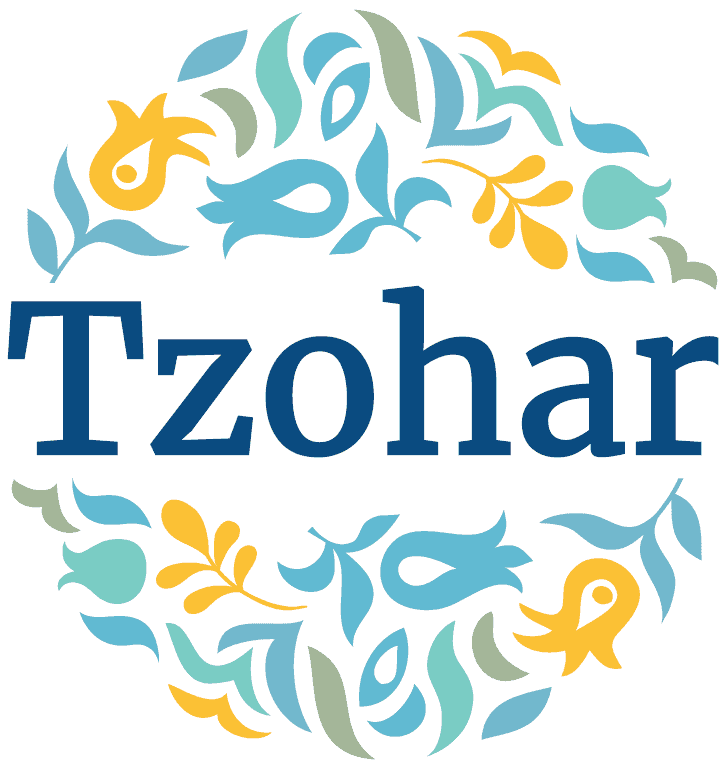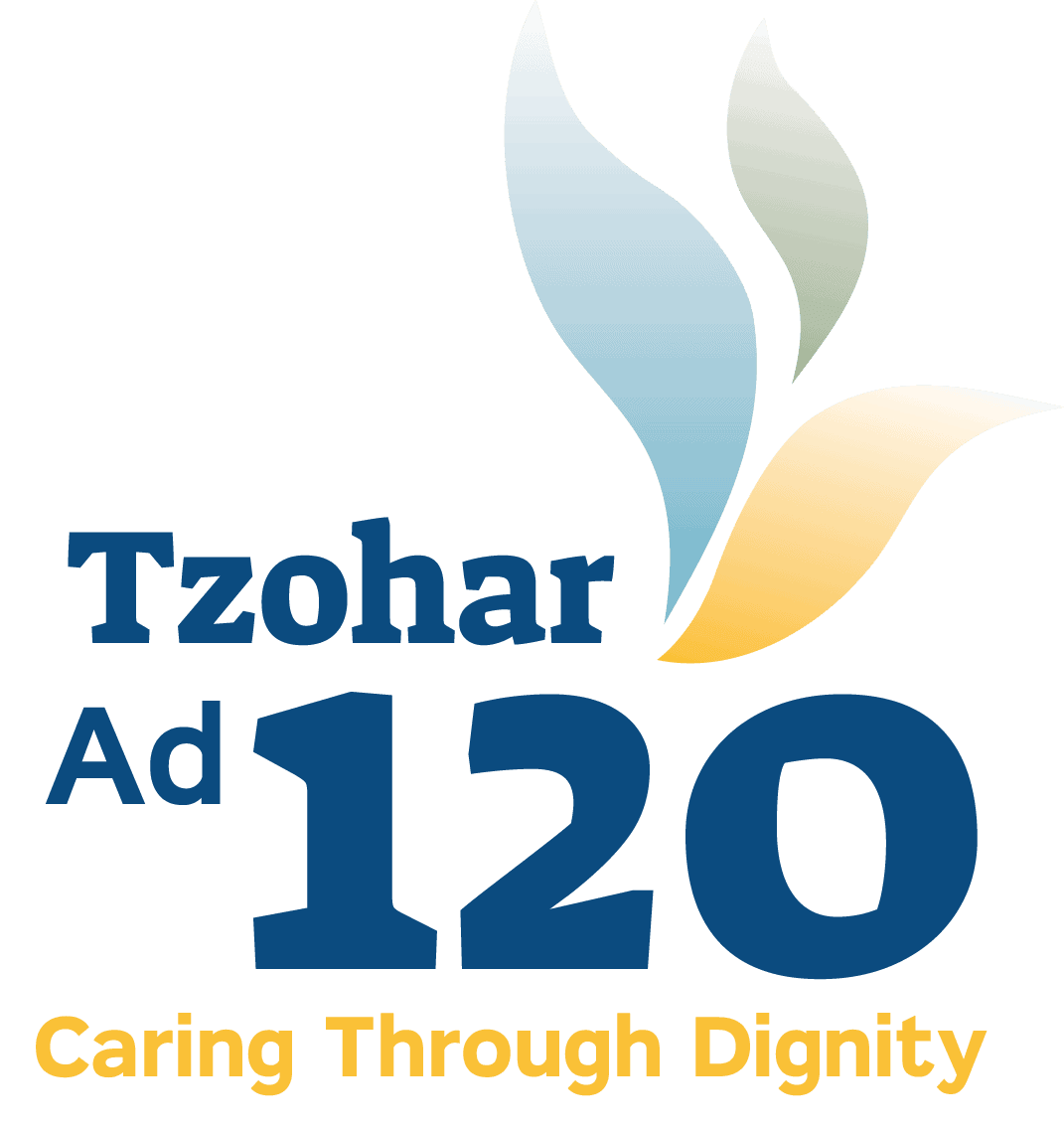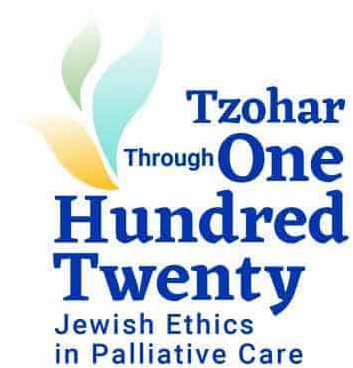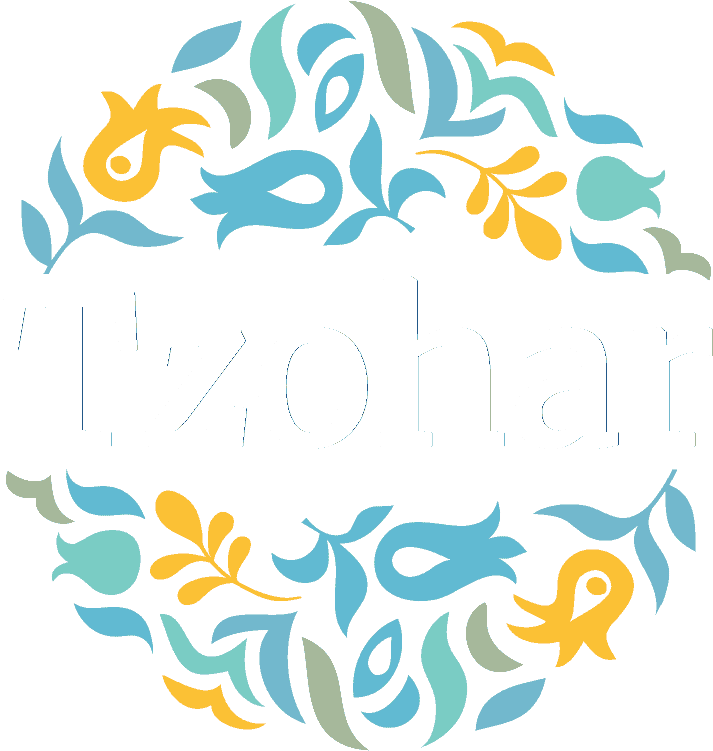1. Any active interventional step that will shorten someone’s life is prohibited. This prohibition applies even when the patient’s chances of surviving his disease are very low1.
2. If, despite his hopeless situation and great suffering, a patient wishes to cling to life, it is a mitzva to help him2.
3. In the case of a patient whose chances of survival are very low, who requires drastic interventional measures (such as artificial respiration, resuscitation, or complex surgeries) on account of his illness, there is no obligation to perform these measures. If the patient has expressed that he does not want to undergo these treatments, it is prohibited to perform them. However, in practice the decision should be made on a case-by-case basis. In addition, the patient should continue to receive standard medical treatment as well as pain management to reduce his suffering3.
4. When a patient must be treated using drastic measures on account of a different curable disease, we are obligated to treat him provided that the treatment itself does not cause great pain4.
5. With regard to a patient who is unable to make decisions or express his opinion, see chapter V, Sections 7–10.
6. There is no obligation to resuscitate a person who has been unconscious for an extended period of time, when there is clear medical evidence that he has suffered brain damage, even if it is not known whether he is suffering5.
הערת שוליים
- See above, footnote 54.
-
The primary justifications for this ruling are as follows: Some poskim rule that a patient’s life should be prolonged in all cases (see the next footnote), and in the absence of a unanimous halakhic consensus, the patient may rely on those opinions. Even poskim who maintain that medical treatment may be withheld do not usually claim that this is obligatory. Rabbi Herschel Schachter (“On the Laws of the Deceased and the ‘Dead Man,’” Assia 49–50 (1990), p. 136), who is the most far-reaching in permitting the withholding of treatment, applies this in cases where the patient no longer wants to live. However, if the patient wants to live, all agree that it is a mitzva to help him. Even Rabbi S. Z. Auerbach (Minḥat Shlomo,I:91, 24), who maintains that in a case of suffering it is permitted to withhold life-prolonging treatment, writes that if the patient is of sound mind it is proper to explain to him that “A single moment in this world in repentance [and good deeds] is greater than all of the life of the World-to-Come,” (Avot 4:17). Rabbi Feinstein also writes (Iggerot Moshe, Ḥoshen Mishpat, II:75, 1) that “if the patient wants life, even a life of suffering such as he is experiencing, his wish should be granted.” However, it is possible that in certain situations it would be prohibited to provide treatment (see footnote 56 above, and the opinion of Rabbi Feinstein cited there).
In this essay, we have not addressed the considerations that concern the healthcare system as a whole that do not center on treating a specific patient. For a discussion of this issue, see the position paper, “The Allocation of Measures for Life-Saving Treatments in Emergencies,” on the Tzohar Ethics website (https://bit.ly/3380NJI).
-
The Talmud and Midrash present proofs that indicate that a person is permitted to refrain from treatment in certain end-of-life situations, even when he is not suffering. The Gemara (Sota 46b) relates that the Angel of Death would not pass through the city of Luz; “rather,its elders, when they decided that they had reached the end of life, would go outside the city wall and die.” Yalkut Shimoni (Parashat Ekev, 871) relates the story of an old woman who had had enough of life. Rabbi Yosei advised her to stop going to the synagogue, and as a result she passed away three days later. That woman asserted: “I have grown too old, and now [my life] is a life of affliction in which I cannot taste either food or drink, and I wish to depart from the world.” Despite the fact that she was not suffering greatly, Rabbi Yosei still accepted her argument and helped her accelerate her death. Though it is correct that these are aggadic, rather than halakhic sources, the poskim cited below nonetheless discuss the nature of these proofs – each in accordance with his opinion.
The halakhic positions cited below vary widely, from opinions that place an emphasis on the value of life and stress the obligation to provide treatment and save a patient’s life even when his medical situation is hopeless and he is suffering, to those who take into account the wishes of the patient who declares: “It is better for me to die than to live” [Jonah 4:3]:
- According to Rabbi Eliezer Waldenberg, one should never withhold treatment from a patient, even when he has been condemned to a life of agony; indeed, treatment should be actively forced upon him. See the Tzitz Eliezer, V, Ramat Rachel, 28; IX:47; XIII:87–89; XIV:80–82; XVIII:62. This is also the opinion of Gesher HaḤayyim, I:b, 2, footnote 3.
- Rabbi Yaakov Yisrael Kanievsky (Karyana D’Igarta, published by A.Y. Kanievsky, Bnei Brak 1986–1998, Letter 190; Letter 499 in the updated edition, published in 2011) – whose comments we addressed in Section One, chapter III – rejects this opinion and writes: “Regarding the fundamental principle that anything which can be done to prolong a patient’s life (even if only for a limited period) must be done – it is true that I also heard a statement of this kind in my youth, but I did not know if it came from a reliable source. However, in my opinion this matter requires extensive investigation, as it is explained in [the Shulḥan Arukh,] Yoreh De’a, section 339, that it is permitted to remove something that prevents the patient’s death, and it is only prohibited to perform an action upon his body. Consequently, I have found that it seems that it is not prohibited to remain passive (in a situation where this [action] will lead to the addition of suffering), and to the contrary, it can be inferred that one should avoid such conduct.” It is possible that there is a difference between his statement without the parentheses and what is added in the parentheses. See Rabbi S. Waysbort, “Treating a Terminally Ill Patient,” Teḥumin, 41 (2021), p. 293, footnote 22.
- Rabbi Herschel Schachter (“On the Laws of the Departed and the ‘Dead Man,’” Assia 49–50 (1990), p. 136) rules, based on the opinion of Rabbi Y. Y. Kanievsky, that in a situation where the patient has given up and does not think it is worthwhile to continue living, his treatment is not classified as “helping someone in a life-threatening situation [piku’aḥ nefesh]” (unless it is evident that most people in a similar situation would not feel that way). He objects to Rabbi S. Z. Auerbach’s distinction between different types of treatments (see below). See also J. Goldberg, “A Halakhic Framework for Decision-Making in Acute Critical Illness,” Tradition, 53.1 (2021), pp. 78–93. On pages 92–6 he summarizes the opinions of Rabbi Herschel Schachter and Rabbi Mordechai Willig, and also includes, in the form of an appendix, a letter from both rabbis. This is also the opinion of Rabbi Zalman Nehemiah Goldberg (“Cutting Off Artificial Respiration for a Patient in Critical Condition,” Emek Halakha, Assia1, Jerusalem 1986, pp. 64–83; Emek Halakha, Assia2, New York 1989, pp. 183–206), though only on a theoretical level and not as a practical ruling, since Rabbi Zalman Nehemiah Goldberg maintains that since his opinion was not accepted by other poskim his ruling should not be followed, and the position of Rabbi S. Z. Auerbach (see below) should be followed instead, as noted in a synopsis of Rabbi Zalman Nehemiah’s position that appears in Assia (“On Death: Responsa,” Assia11 (2018) pp. 200–02), as well as in oral comments cited by Rabbi S. Waysbort, “Treating a Terminally Ill Patient,” pp. 293, footnote 23.
- According to Rabbi Y. S. Elyashiv (see Nishmat Avraham, Yoreh De’a 339:4), withholding treatment is permitted in a case of suffering, and therefore, whenever it is not clear if the patient is in pain, everything must be done, including resuscitation, to prolong his life. Rabbi Yisrael Meir Lau (Yaḥel Yisrael, II:62), in consultation with him, follows Rabbi Elyashiv’s ruling.
- Rabbi Feinstein (Iggerot Moshe, Ḥoshen Mishpat, II:73–5; Yoreh De’a II:174) and Rabbi S. Z. Auerbach (Minḥat Shlomo,I:91, 24) assume a middle position. Though the issue of suffering is a recurring factor in their responsa, they maintain that some treatments may be withheld in certain situations in which the patient’s medical situation is hopeless. This view is also attributed to Rabbi S. Z. Auerbach in Encyclopedia of Medicine and Halakha, vol. 5, “A Terminally Ill Patient (1),” p. 144, footnote 242) with respect to the treatment of the author’s father before his death. Dr. Abraham S. Abraham (in Nishmat Avraham (ibid.) summarizes the opinion of Rabbi S. Z. Auerbach (as discussed in this responsa and in answers that he gave orally) and distinguishes between treating a problem that stems from a patient’s primary incurable disease, and treating an unexpected complication that stems from a different cause. For example, if cardiac arrest or the cessation of breathing is a predictable and natural result of the disease, there is no obligation to perform resuscitation, whereas other complications caused by a different disease should be treated, provided that the treatment itself does not entail great pain.
The various opinions of the poskim are explained in Nishmat Avraham (ibid.) and in the Encyclopedia of Medicine and Halakha, vol. 5, “A Terminally Ill Patient (1),” pp. 141–50. See also Rabbi Avraham Steinberg, “The Halakhic Basis for the ‘Dying Patient Act’ Proposal,” Assia 71–2 (2003), pp. 25–9; Rabbi S. Waysbort, “Treating a Terminally Ill Patient,” Teḥumin, 41 (2021), pp. 287–94.
In practice, when it comes to these critical issues, it is difficult to establish clear-cut parameters and each case must be addressed on its own merits. The default assumption of the discussion is that life has value and it is proper to treat every patient and prolong his life. However, if a patient suffers from an incurable disease, one may consider withholding life-prolonging treatments even when the patient is not suffering, since in his compromised state, the simple act of living, in and of itself, is extremely difficult.
- The distinction between treating the patient’s primary disease and treating a secondary disease follows the opinion of Rabbi S. Z. Auerbach; see previous footnote.
- This halakha is derived from the discussion in footnote 63, and depends on the various opinions cited there. According to Rabbi S. Z. Auerbach (as quoted in Nishmat Avraham, Yoreh De’a 339:4 and in Encyclopedia of Medicine and Halakha, vol. 5, “A Terminally Ill Patient (1),” p. 144, footnote 242), there is no obligation to take action to protract the death of the patient, even if he is unconscious and not suffering. Needless to say, Rabbi Eliezer Waldenberg disagrees with this ruling.





